
When to Use Moisturiser: The Ultimate Guide
Using a facial moisturiser is an essential part of any skincare routine. But when exactly should one apply one? The answer can depend on various factors, such as skin type, climate, whether one is wearing makeup, etc. This blog post offers answers to commonly asked questions like 'When moisturiser is used?', 'When to apply moisturiser?', and more. It also explores other crucial aspects of applying moisturisers to beautiful, healthy skin.
When Should Moisturiser Be Applied in a Skincare Routine?
Applying a moisturiser is a vital part of any regular skincare regimen. But when should moisturiser be applied? The answer to this question can vary based on one's skincare routine. Let us explore some points on when we should apply moisturiser:;
- After Cleansing: Applying a moisturiser immediately after cleansing your face while your skin is still damp is important. This can help seal in the moisture and prevent transepidermal water loss. Allowing the skin to air dry can cause it to feel tight and dry.
- After Using Toner or Serum: If you use a toner or serum in your routine, consider applying the moisturiser immediately after its use. This can allow the ingredients to penetrate deeply into the damp skin and work synergistically together. The Pink Foundry's Waterlight Gel Moisturiser 72-Hour Hydration offers instant supple, soft, and hydrated skin.
- Morning and Night: To keep the skin optimally hydrated, it is crucial to understand why and how to use moisturiser in the morning and in the evening. Consider using a lightweight moisturiser that layers well under makeup and sunscreen in the morning. Try using a richer cream at night to repair and hydrate the skin as you sleep.
When We Should Apply Moisturiser Based on Skin Type
Different people have different skin types, and their moisturisation needs can vary. What works for oily complexions may not sufficiently hydrate people with dry skin. So, when should one apply facial moisturiser based on one's unique skin type? This section explores the ideal routines for people with dry, oily, and combination skin types. We will learn how one can tailor their skincare choice and application schedule to their skin's requirements.
- Dry Skin: If one has dry skin, it can be crucial to moisturise the skin liberally both in the morning and at night. People with dry skin should look for rich, creamy moisturisers with ingredients like ceramides, shea butter, and hyaluronic acid. One may also benefit from layering a facial oil underneath the moisturiser to boost extra moisture. It can be better to opt for plant-based oils like marula, jojoba, or rosehip seed.
- Oily Skin: Oily skin still needs hydration to prevent excess oil production triggered by dryness. Look for lightweight, oil-free moisturisers labelled “non-comedogenic” or “for acne-prone skin.” Applying just a small amount can be better to avoid congestion and breakouts. Using a mattifying moisturiser can also help control the shine. The Pink Foundry's Acne Care & Healing Gel Moisturiser with Tea Tree & Cica has been designed specifically for all skin types prone to acne.
- Combination Skin: For people with combination skin types, using a lightweight lotion for oily zones like the T-zone and richer creams for dry areas like the cheeks can be better. One should adjust how much moisturiser one applies based on one's skin's needs in each area. A clay mask once a week on oily areas can help one absorb excess sebum.
When to Use Face Moisturiser During the Day
Skincare experts have highlighted that applying a moisturiser should be a vital part of one's daytime routine, not just for nighttime. But when exactly should one use face moisturiser during waking hours? This section covers the optimal times to moisturise during the day.
- After Showering or BathingAlways moisturise after a shower while the skin is still damp to lock in hydration. Warm water can strip the skin of its natural oils, so it is important to replenish the moisture. Use a shower filter if you have hard water, as minerals in hard water can dry the skin.
- Before MakeupIt can be crucial to prep the skin with a moisturiser before applying makeup. Allow it to soak in completely so that makeup glides smoothly without pilling or sliding around. This can give a flawless finish. Using a primer on top can help one boost their makeup wear time.
- Before SunscreenThis section is for you if you're confused about using sunscreen before or after moisturiser. Applying sunscreen should be the final step of one's AM skincare routine. Apply the moisturiser first to form a protective base layer and increase sunscreen efficacy. The hydration offered can also prevent sun damage accelerated by dryness. Skincare experts recommend a broad-spectrum SPF 30 or higher for optimal protection.
- After Outdoor ActivitiesSweating and exposure to pollutants, dirt, and grime can dehydrate the skin. Be sure to apply moisturiser after returning home, as this counteracts the effects of environmental stressors.
Night time Use: When Moisturiser is Most Effective
Nighttime is when the skin undergoes renewal and repair processes that require ample hydration. But exactly when should we use moisturiser? This section offers tips on the optimal times to apply richer moisturisers at night. Here are some points one can consider:;
- After-Night Routine: At night, the skin undergoes repair and renewal processes. To maximise absorption, consider applying a moisturiser after cleansing and serum use. The rich texture of moisturiser can provide nourishment as one sleeps. Using an overnight mask can provide an extra shot of moisture.
- After Exfoliation: Exfoliation can leave the skin fresh, stripped, and vulnerable. It is crucial to replenish the moisture after using scrubs or peels. It can be better to choose something thick and creamy that pampers the skin and aids healing. It is crucial to stay away from active ingredients until the skin adjusts.
Conclusion
Most people experience confusion over questions like 'when to apply moisturiser?'. Knowing when to apply a face moisturiser is as important as choosing the right formula for your skin type. Follow the tips covered here on optimal timing, which can help keep the complexion supple, smooth and radiant around the clock. It is important to consistently nourish the skin with moisture at crucial moments throughout the day (& night) to see the best possible results from the skincare routine.
Frequently Asked Questions
This section covers the most frequently asked questions about the best time to use moisturisers.;
Q1: Can I skip moisturiser if my skin is oily?
It is not recommended to skip moisturiser even if someone has oily skin. All skin needs hydration to stay balanced. It can be beneficial to use an oil-free, lightweight moisturiser specifically for people with oily and acne-prone skin types.
Q2: Should I use a different moisturiser for day and night?
Consider opting for a lighter lotion for daytime layered under sunscreen. Use a richer, more intensely hydrating cream at night when the skin undergoes repair.
Q3: How soon after cleansing should I apply moisturiser?
Pat the skin dry after cleansing and immediately apply the moisturiser while it is still damp. This will effectively seal in the moisture.
Q4: When should we use moisturiser with SPF?
Consider applying an SPF-containing moisturiser as the last step of your morning skincare routine before sun exposure. If you are outdoors for extended periods, try to reapply the moisturiser after every 2 hours.








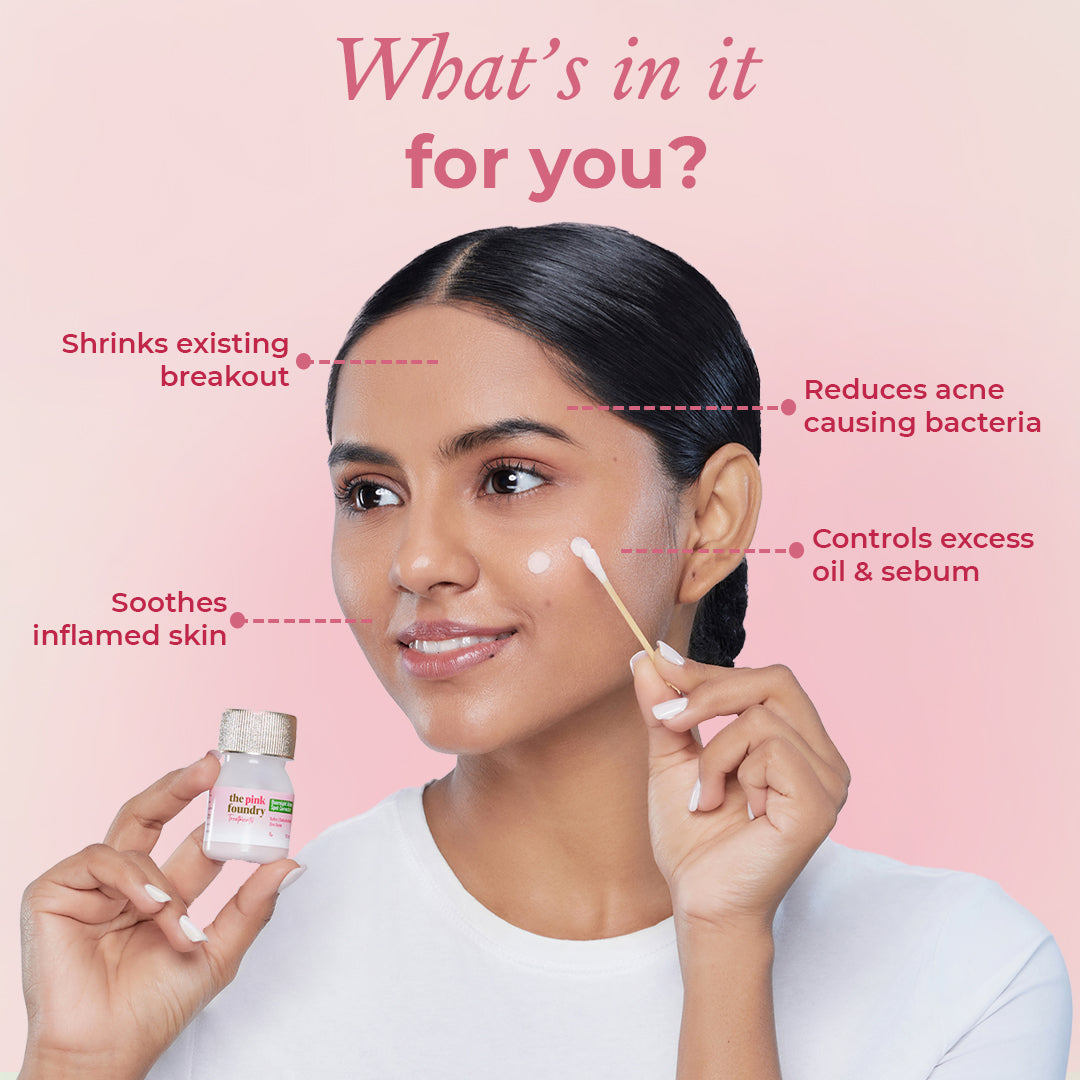
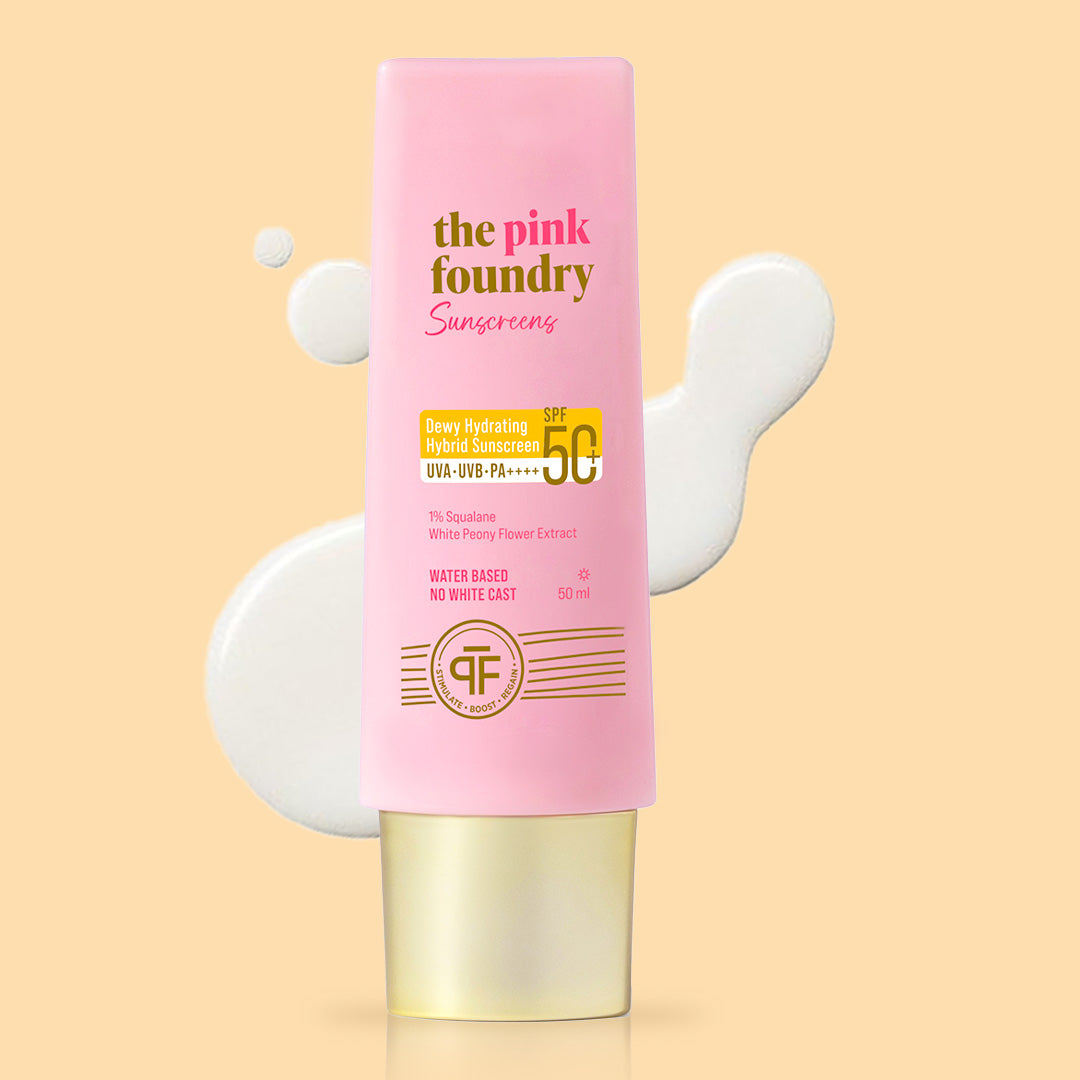
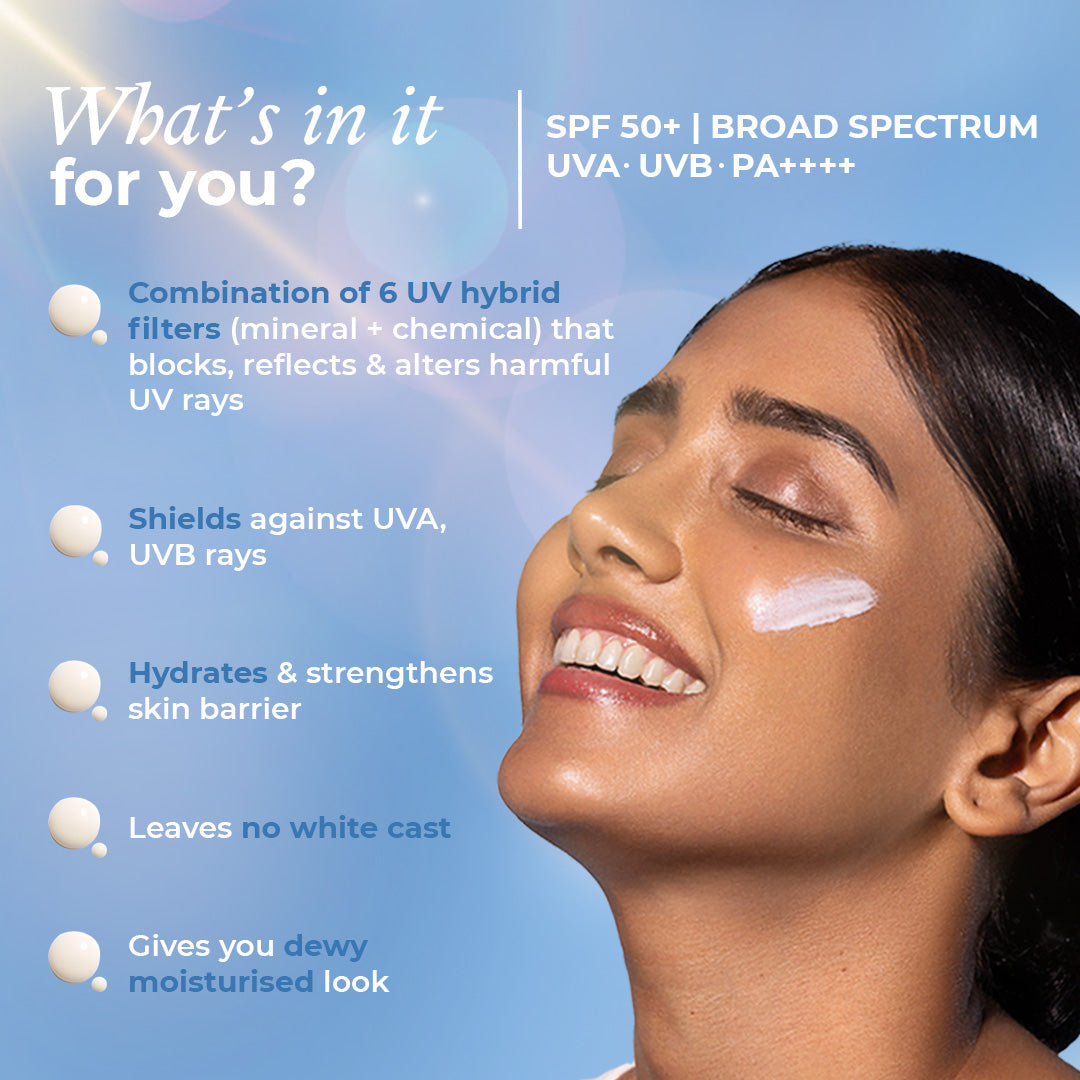
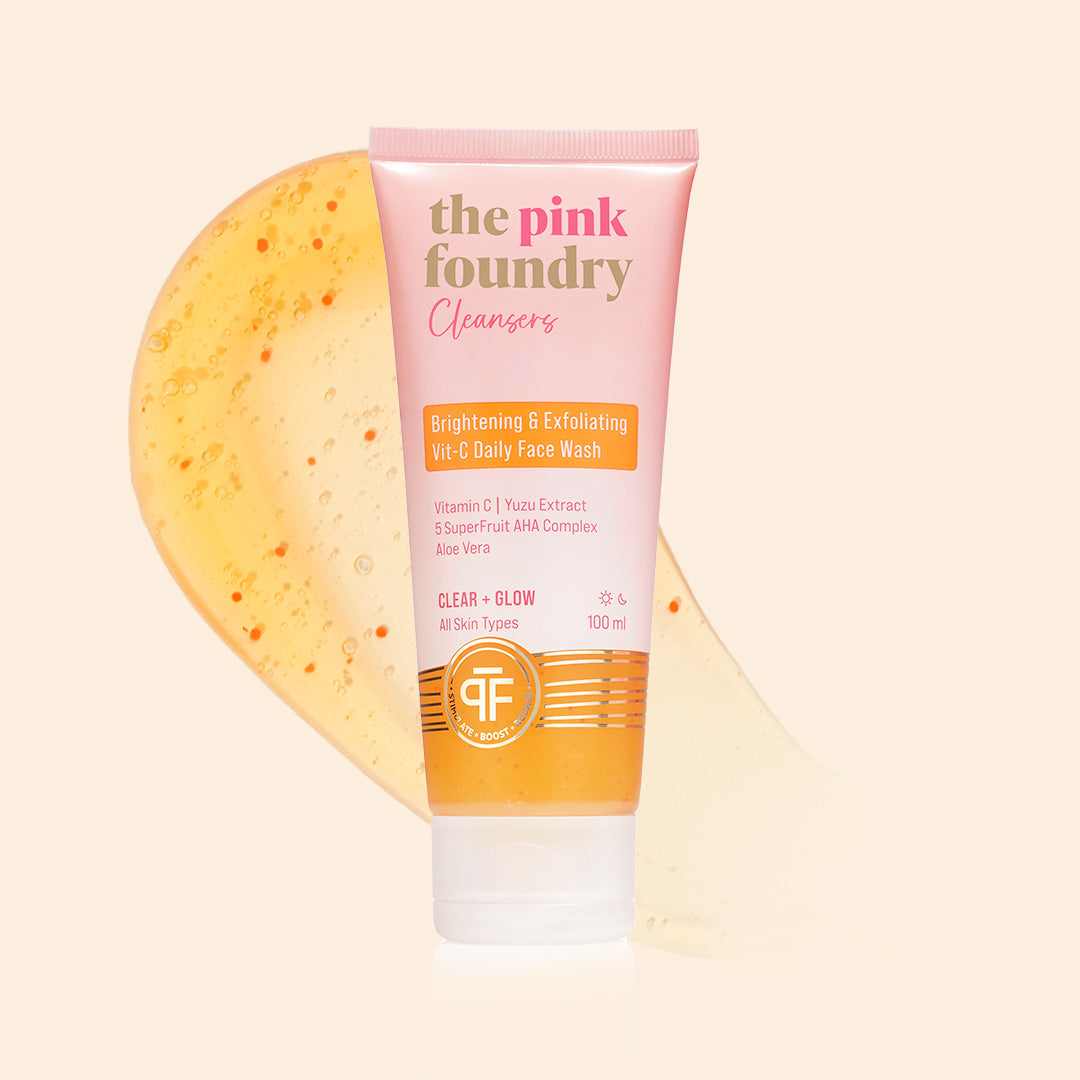
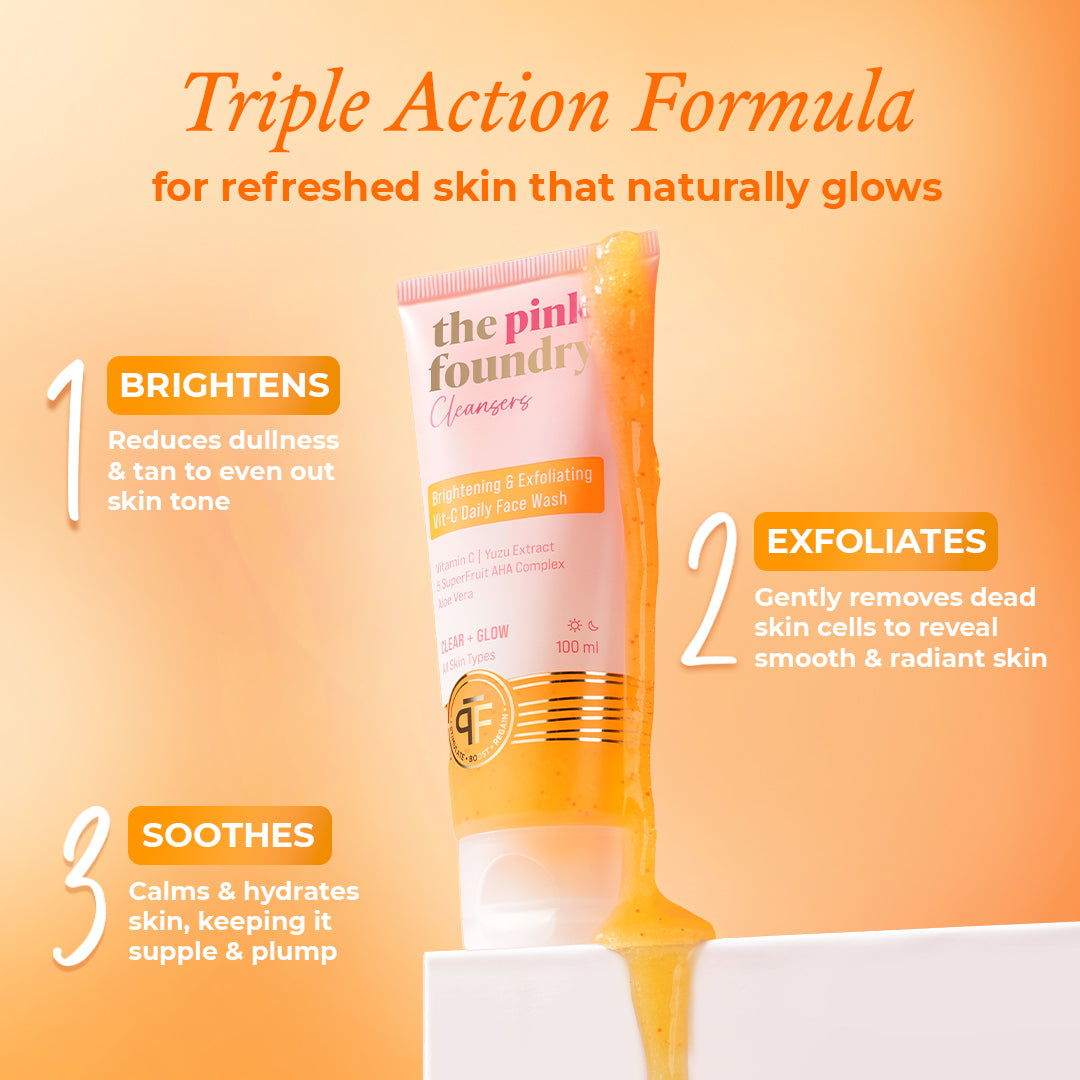
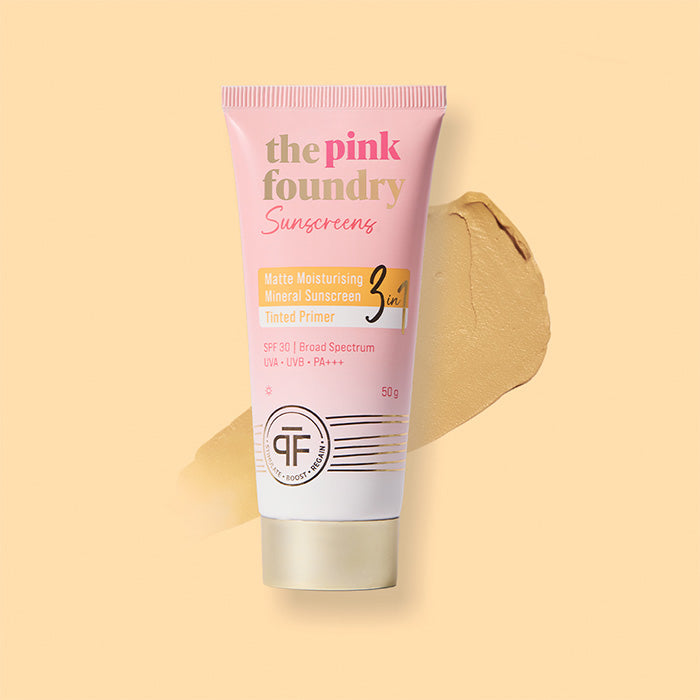
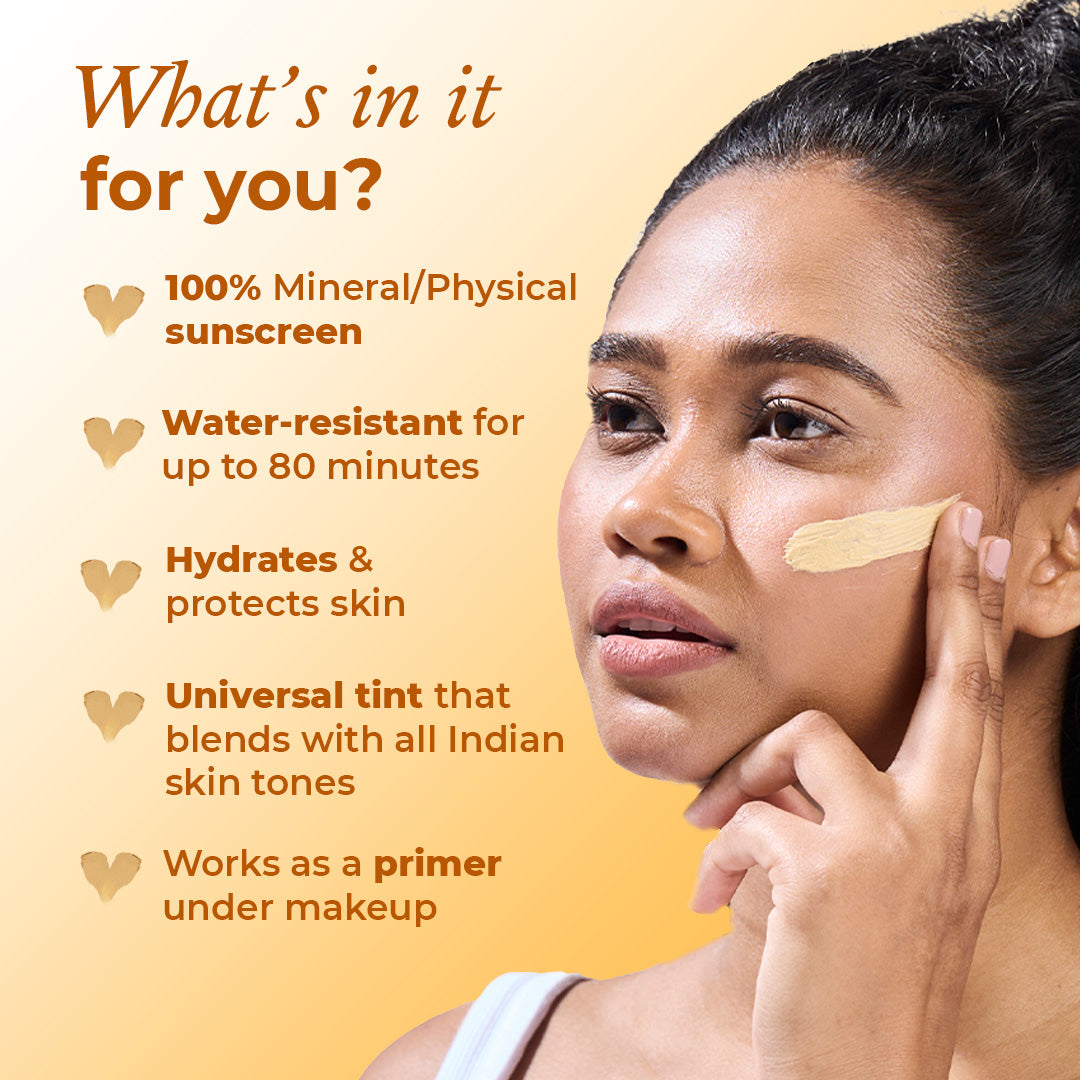
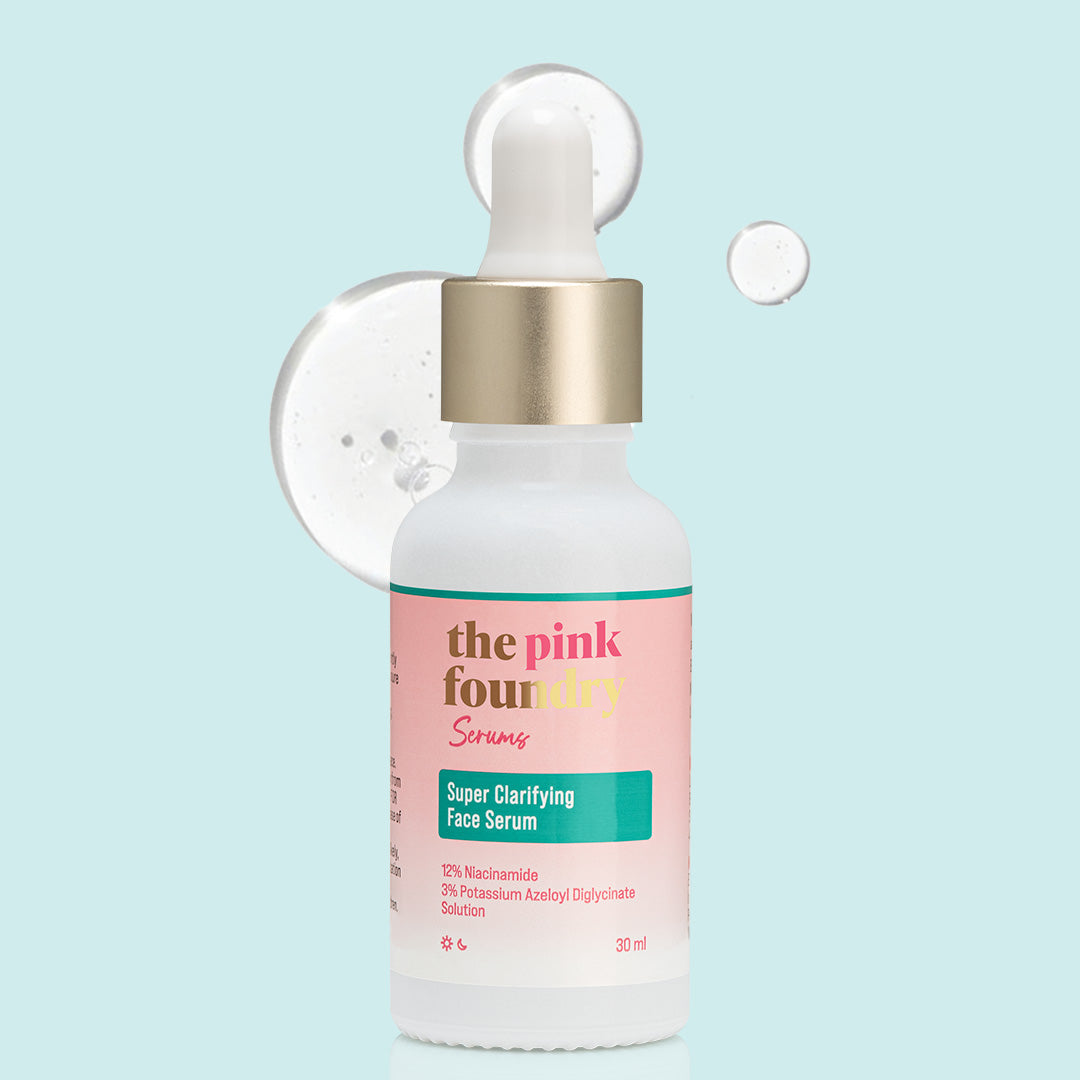
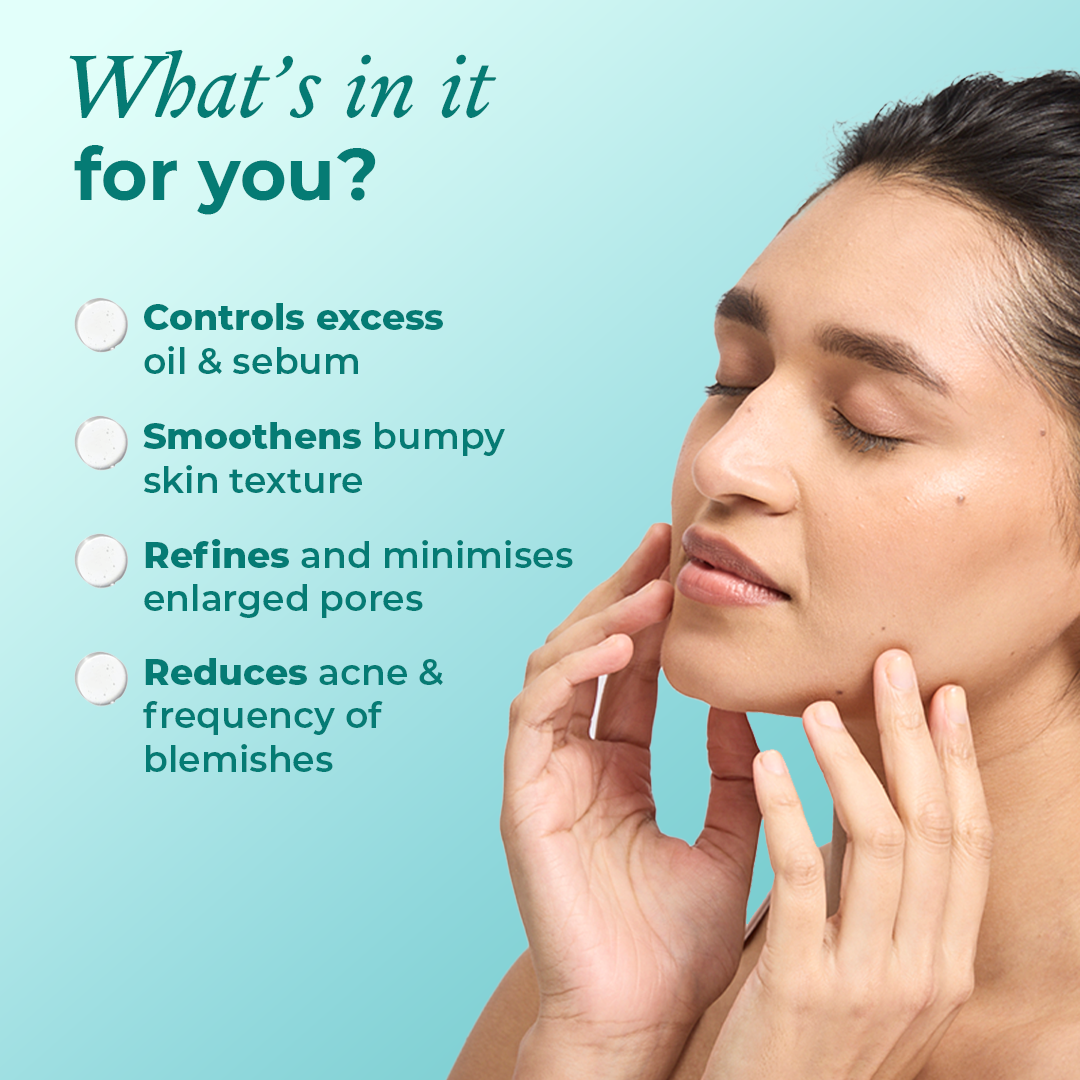

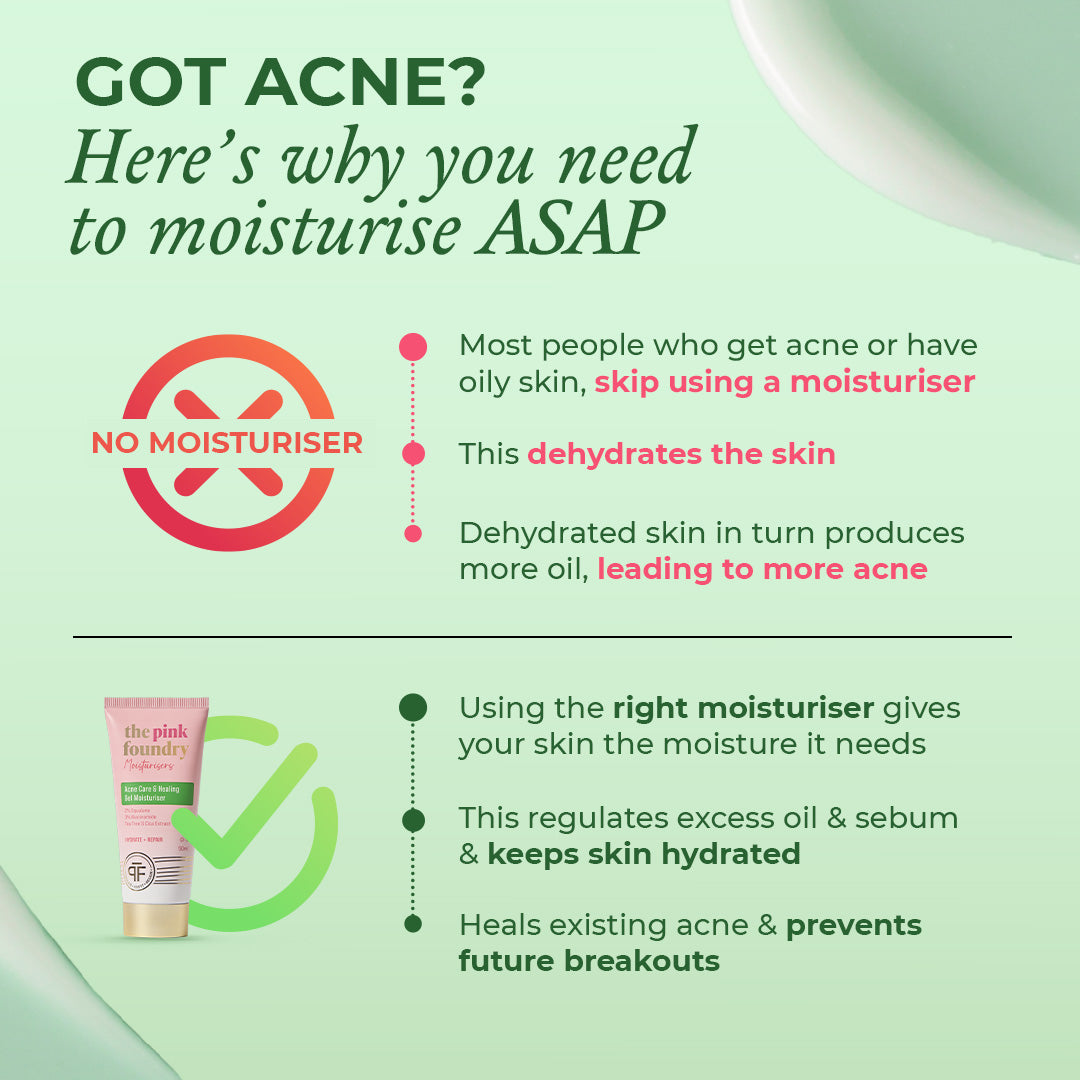
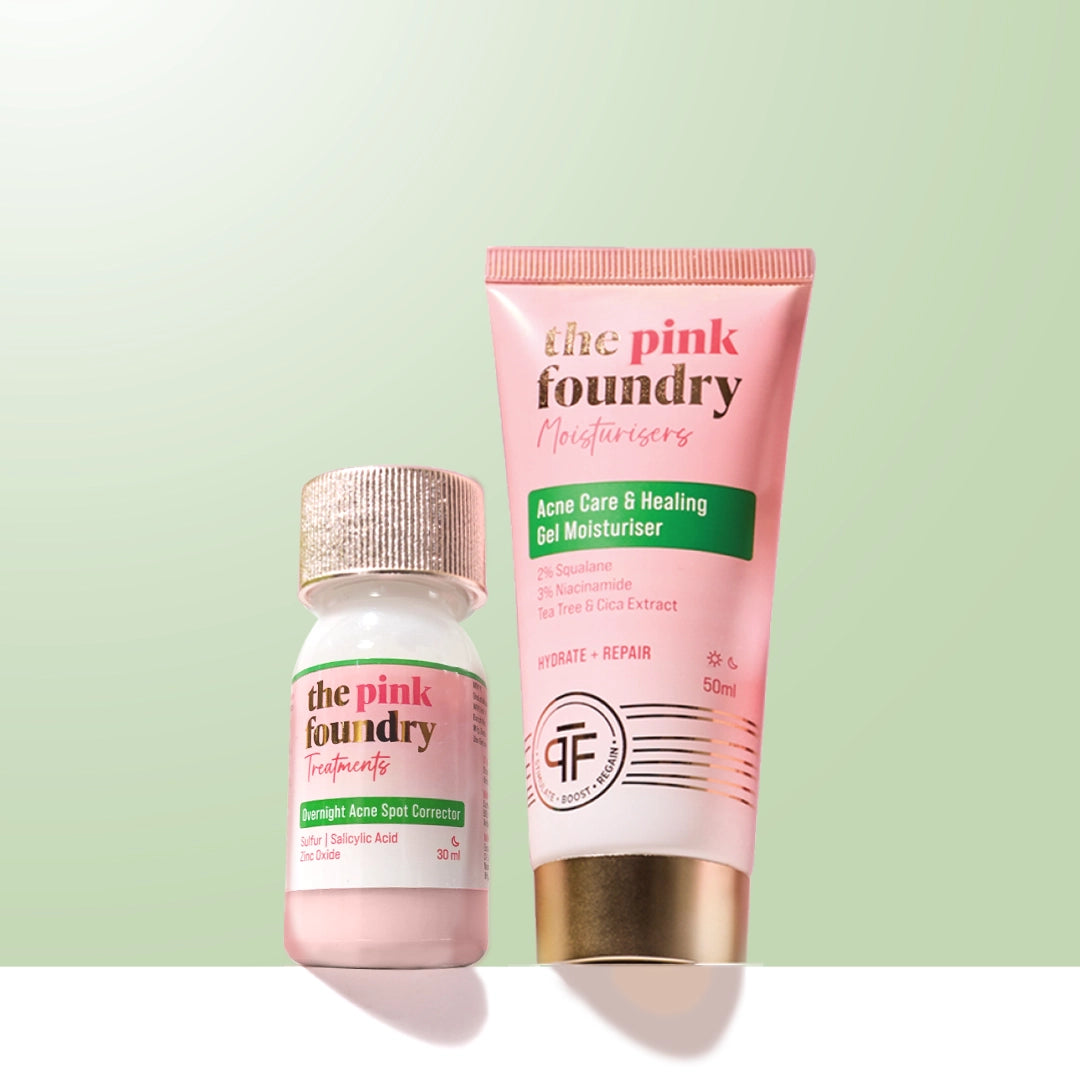
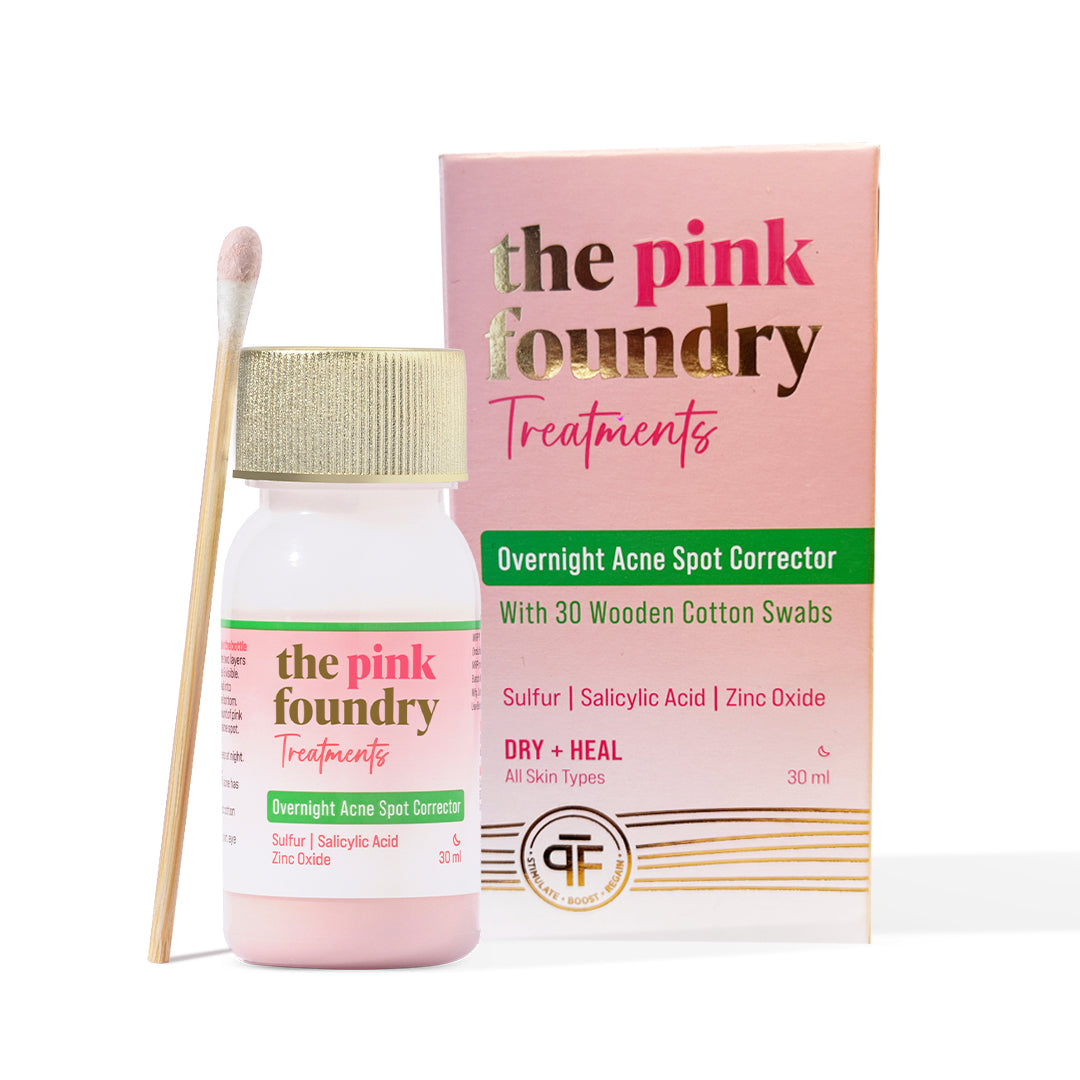
Leave a comment
This site is protected by hCaptcha and the hCaptcha Privacy Policy and Terms of Service apply.